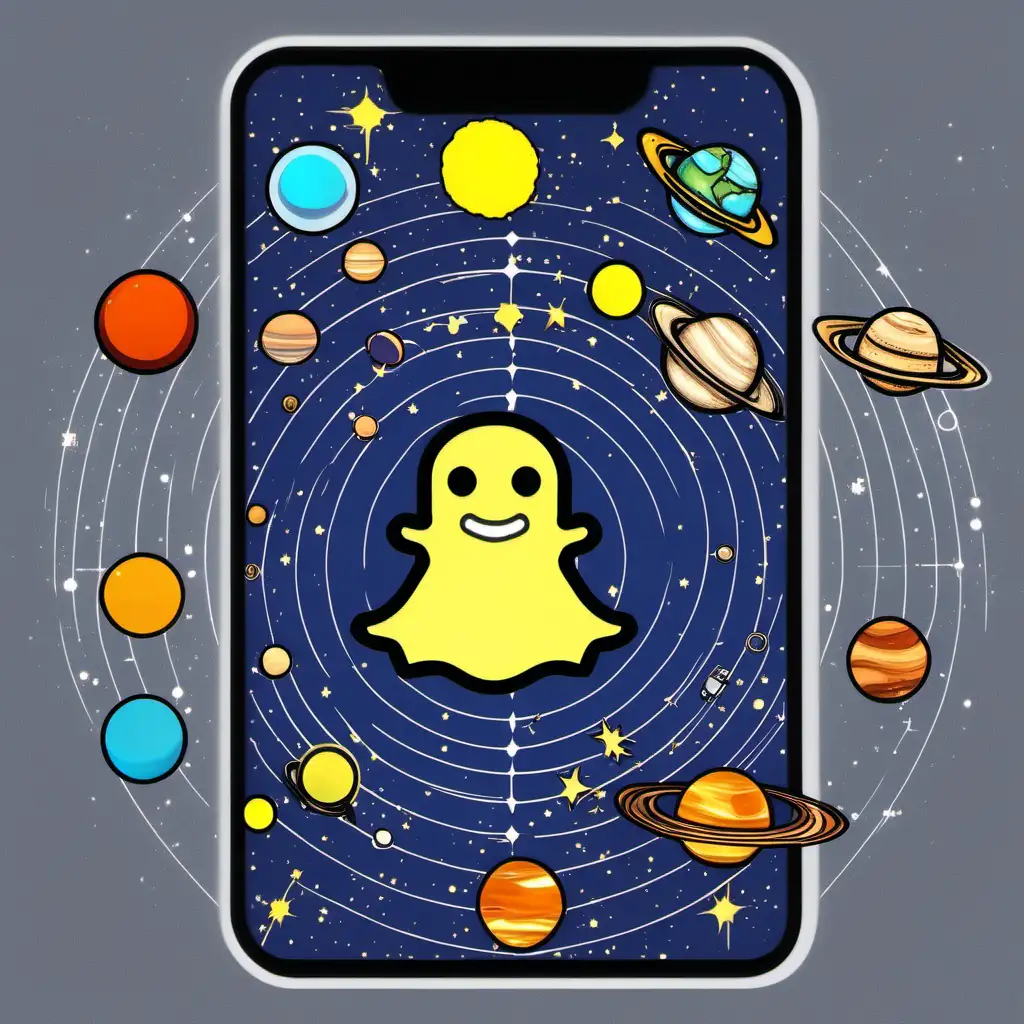
Snapchat Tweaks Solar System Feature Amid Anxiety Concerns
Snapchat has adjusted its “solar system” feature amid concerns that it’s causing adolescent anxiety.
Snapchat has responded to reports that its “solar system” feature is contributing to adolescent anxiety by changing the way the function operates, just one week after the Wall Street Journal published its story. You can see how close you are to your Snapchat buddies by seeing where you are in their solar system, according to the ranking system for premium customers today. For example, a friend in the “Mercury” sign is someone you talk to often, but a buddy in the “Uranus” sign is someone you don’t spend as much time with.
This function has the potential to cause upset feelings when users discover they aren’t as close to a buddy as they had imagined, since online conversation doesn’t often reflect real-life connections.
Snap claims it has heard from users that knowing you’re close to someone is nice, but knowing you aren’t as close as you’d want to be is unpleasant.
“We’ve heard and understand that the solar system can make that feeling worse, and we want to avoid that,” the firm revealed in a statement on its website on Friday.
In contrast to its handling of the speed filter—a feature that sparked controversy and led to a lawsuit over “negligent design”—Snap simply disables the Solar System option by default. If Snapchat+ subscribers want to activate the option, it will still be available.
“Our goal is to ensure that this feature is appreciated by those who use it and does not irritate those who prefer not to use it,” the business states.
Although its default disablement may cause some inconvenience, kids are likely to find a way to enable it again if they really want to.
Less than 0.25 percent of the population uses the solar system, according to Snap, who claims the choice is not popular. The modest percentage is hardly surprising, though, considering that it is exclusively accessible to premium users. A more useful statistic would be how many Snapchat+ users have watched or used Solar System.
Users still can’t see who else is geographically closer or further away from their friends, but the news that they aren’t number one has reportedly prompted some difficult conversations and even breakups, according to the WSJ.
In defense of the function, Snap argues that users have shown a need for “additional awareness and context” regarding their friendships and that tools such as the Solar System fulfill this need. On the other hand, it’s just a ploy to keep young people hooked on Snapchat, a group that values social hierarchy highly.
Snapchat had multiple buddy rating systems, one of which was the Solar System feature. The Wall Street Journal reports that a hidden feature known as “Best Friends” enables you to order your contact list based on your most frequent conversations, accompanied by a heart or smiley emoji.
Another controversial feature on Snapchat, “Streaks,” displays the number of consecutive days users have interacted with the app, aiming to encourage users to use the service more frequently. Snap included a function to suspend streaks last year in response to concerns raised by parents, lawmakers, and regulators about the feature’s potential for addiction and psychological harm. A feature to recover a lost streak was also included.
Snap may be “committed to mitigating the potential downsides of online communication wherever possible,” according to its blog post, but the company has knowingly created features and capabilities that have exposed it to lawsuits, congressional investigations, and possibly worse.





